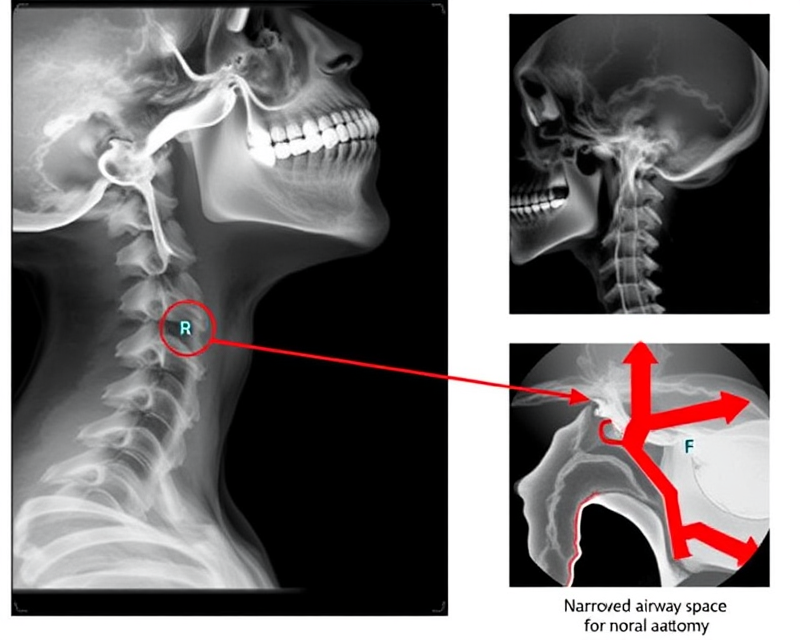In medical terms, athetosis is one of the manifestations of abnormal brain function, characterized by involuntary, uncoordinated, and purposeless movements of the upper and lower limbs. The condition can be caused by congenital or acquired brain abnormalities that occur during pregnancy, at birth, or after birth. Some children may exhibit delayed motor development, involuntary limb movements, and delays in sitting, standing, walking, and speaking shortly after birth. The involuntary movements tend to become more pronounced with age, and some children may also experience unclear speech, difficulty articulating, tongue protrusion and retraction, and swallowing difficulties. Most children with this condition are difficult to feed and require assistance with daily living activities.




